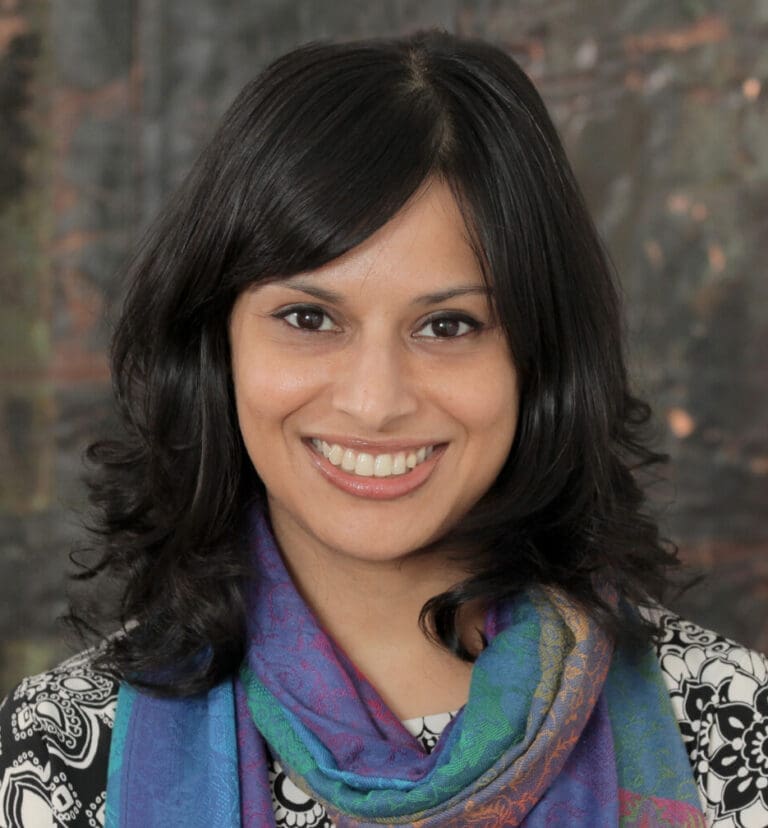Data and data science are increasingly reshaping nearly all aspects of our lives, including health. However, not everyone is benefiting. While advances like big data and artificial intelligence are beginning to revolutionize health care in high-income countries, they often fail to reach lower-income countries with the greatest need. It’s time to change that. Our $100 million Precision Public Health Initiative will make community health more proactive and responsive to patient and population needs, with the goal of saving the lives of at least 6 million women and children by 2030.
- 90%
of data scientists work in the U.S. & U.K., despite the fact that the number of data scientists has doubled since 2015
- <50%
of National Statistical Offices reported key gaps in technical data skills
- 7/10
people reported sick or dead in low-income countries are not counted in official health reports
Through the Precision Public Health Initiative, we use data and analytic tools to accelerate progress on the world’s greatest public health challenges.
Prioritizing Health Over Health Care
Where you live should not determine how long or how well you live, yet millions of people around the world face persistent barriers that impact their health and wellbeing. Today, factors such as income, education, and community security act as gatekeepers to health. Environmental and social variables such as access to food, water, transportation, and human support systems often predict whether a person falls ill.
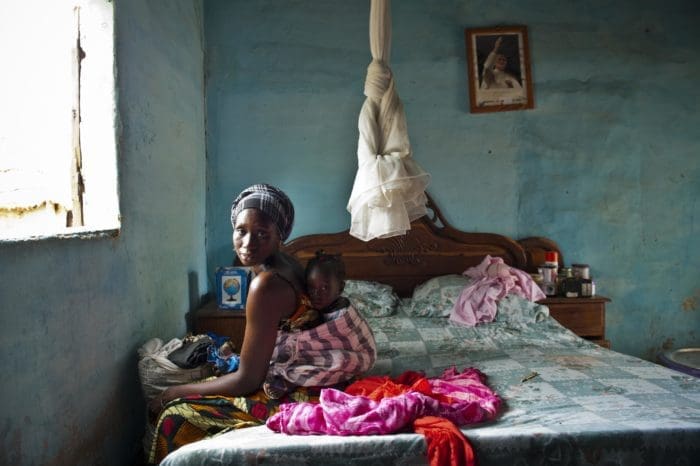
Societies also continue to focus health spending disproportionately on curative care rather than preventive care, neglecting to address chronic and systemic conditions that cause persistent suffering amongst their most vulnerable. This preference for health care ultimately harms community health by treating and returning individuals to the environments in which they first fell sick.
Maternal and Child Outcomes
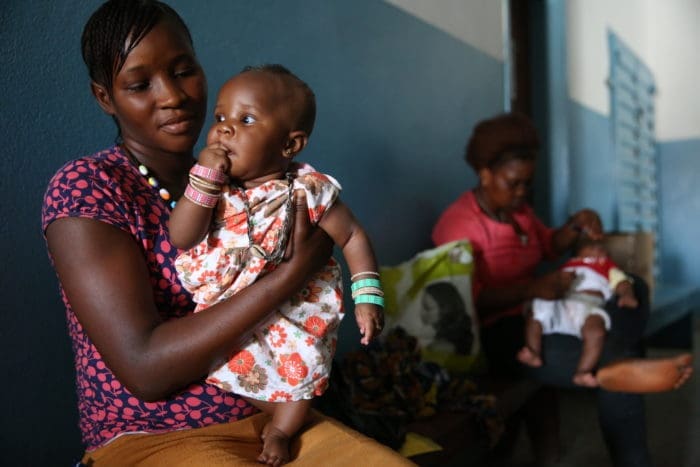
To evaluate the strength of our health systems, we look to maternal and child survival − the hallmarks of healthy communities. Today, far too many women die from preventable pregnancy-related conditions, and even more children die from common preventable illnesses such as diarrhea and pneumonia. Without substantial changes in the near future, global progress toward Sustainable Development Goal 3 – to ensure healthy lives and promote well-being for all at all ages – will continue to be slow and inequitable.
We know that predictive analytics can identify communities at high risk for maternal and newborn deaths, so that preventive interventions can be more precisely targeted to prevent deaths, disability, and serious illnesses. It is important that these interventions be informed by data about the social determinants of health – for example, income, education level, living conditions, and access to roads and transportation. These types of data can help direct resources to where they are needed most.
We believe that we can leverage data’s full potential to not only improve health outcomes, but also to prevent disease, illness, and pandemics before they occur.
Closing the Community Health Divide
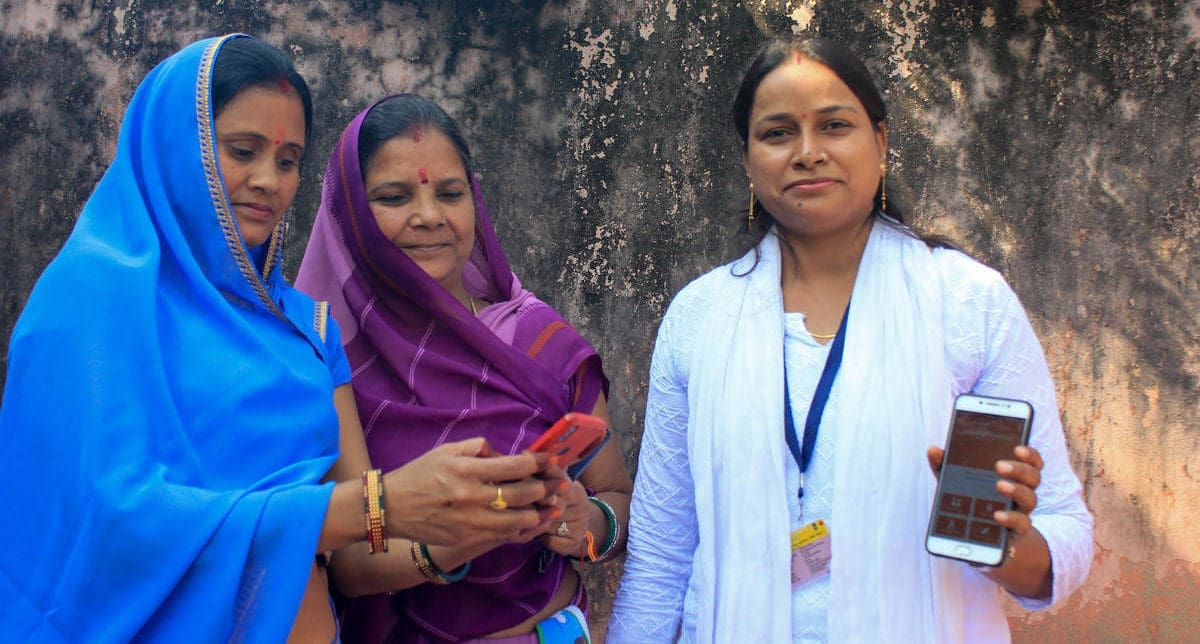
Our approach encompasses two major components: Innovation and Partnerships − areas through which we believe we can facilitate better health outcomes by empowering community health workers (CHWs) with data-driven insights. Through innovation, we work to aggregate and analyze data to create new, predictive insights that make the work of CHWs more effective and efficient. These insights can then be scaled up through strategic partnerships in our target geographies to accelerate impact on at-risk populations. Finally, we work to drive a health paradigm shift by collaborating with partners from all sectors and geographies to combine efforts, develop best practices, and unlock additional resources.
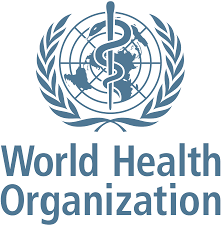
Precision Public Health that draws on the power of big data, predictive analytics, and granular and timely surveillance is essential for delivering the right interventions to the right people at the right time.
Dr. Tedros Adhanom GhebreyesusDirector-General, World Health Organization
Our Goals
We aim to make community health more proactive and responsive to patient and population needs, with the goal of improving the health and wellbeing of people around the world.

Equip Community Health Workers
with the digital tools that enable them to target interventions, improving effectiveness and efficiency
![]()
Increase Access to Care
for populations who are at greatest risk for health challenges
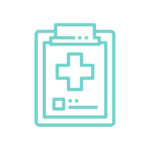
Improve Health Outcomes
as a crucial component of achieving SDG3
Meet our Partners & Grantees
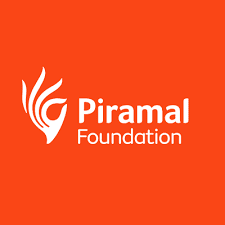
Through this partnership, we are committed to building an evidence-based decision-making culture in the government’s primary healthcare ecosystem in India, and institutionalizing it.
Dr. Swati PiramalVice Chairperson, Piramal Group, and Director, Piramal Swasthya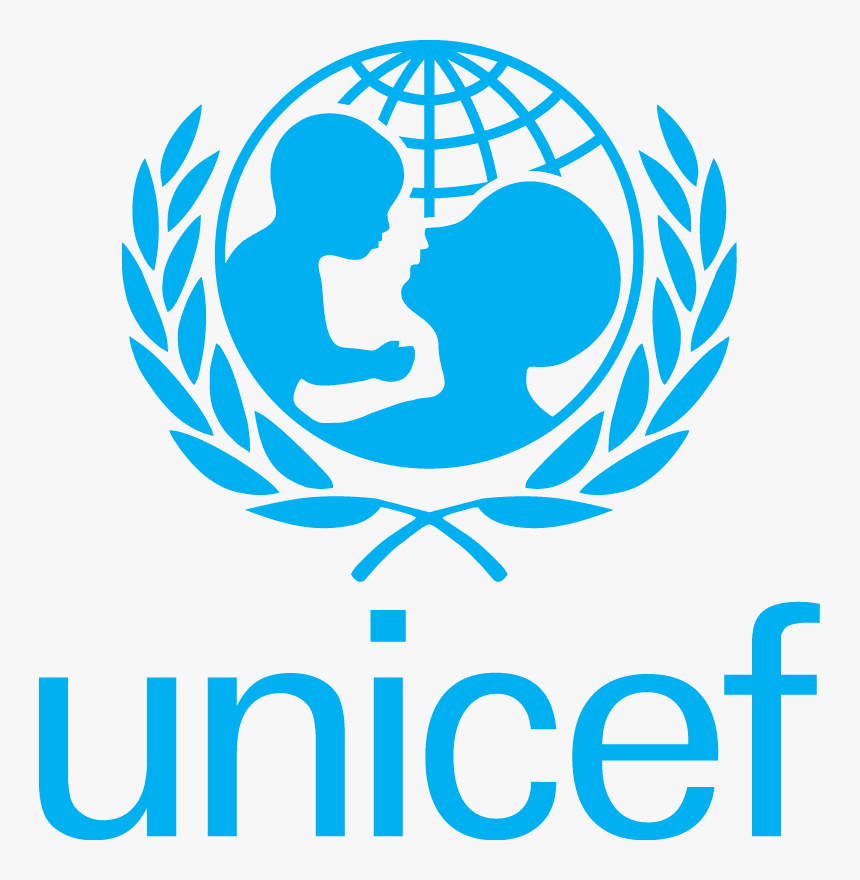
Data is a powerful tool that can help us make life-saving decisions and prevent epidemics before they happen.
Ms. Henrietta ForeExecutive Director of UNICEF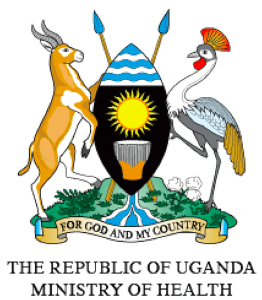
In Uganda, strengthening community health and leveraging data science go hand in hand. Data can help us see who is in greatest need, and hold ourselves accountable for meeting those needs.
Hon. Dr. Jane AcengUgandan Minister of Health
Related Updates
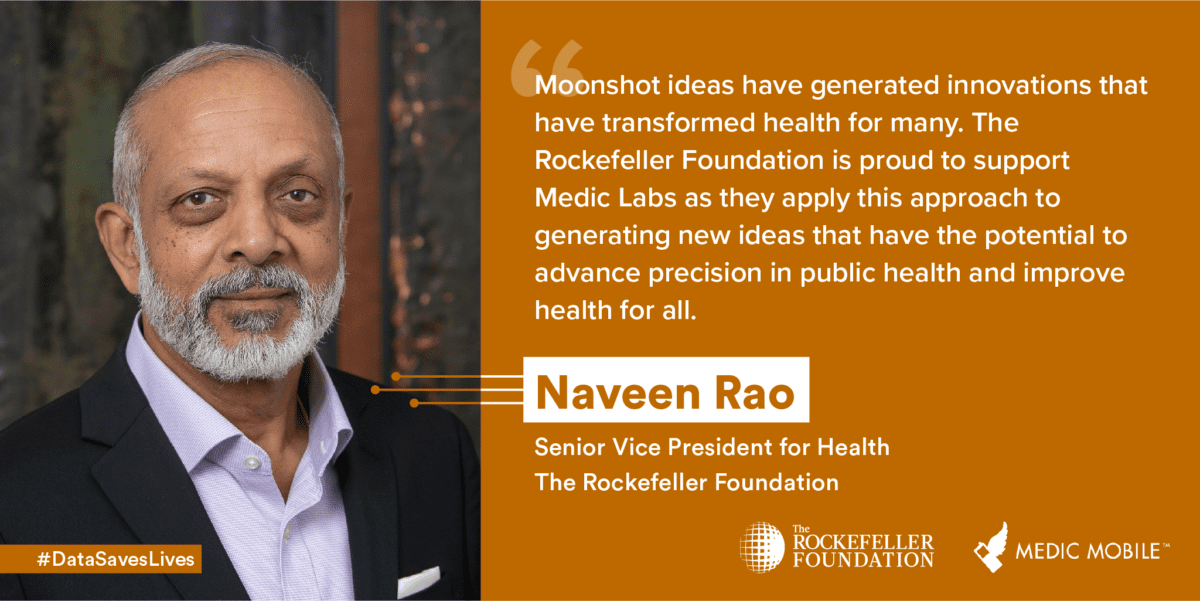
Medic Mobile Launches Medic Labs: A New Tech Accelerator for Global Health with an Initial $3 Million Investment from The Rockefeller Foundation
Medic Labs will Incubate Breakthrough Ideas in Data Science and Precision Public Health, Bringing the Strengths of the Tech Community to The Challenge of Health For All San Francisco, February 20, 2020 – Today, Medic Mobile announced the creation of Medic Labs, a new global health technology accelerator, with $3 million in seed funding from […]
More
